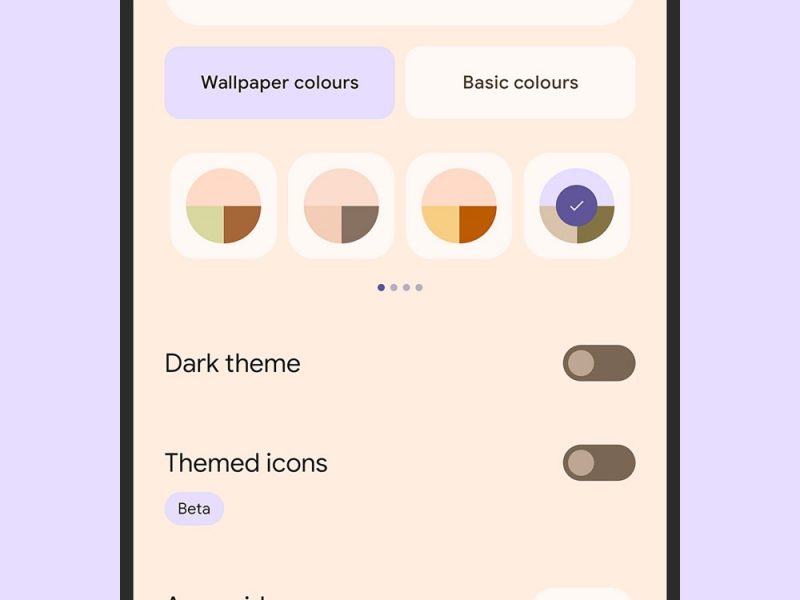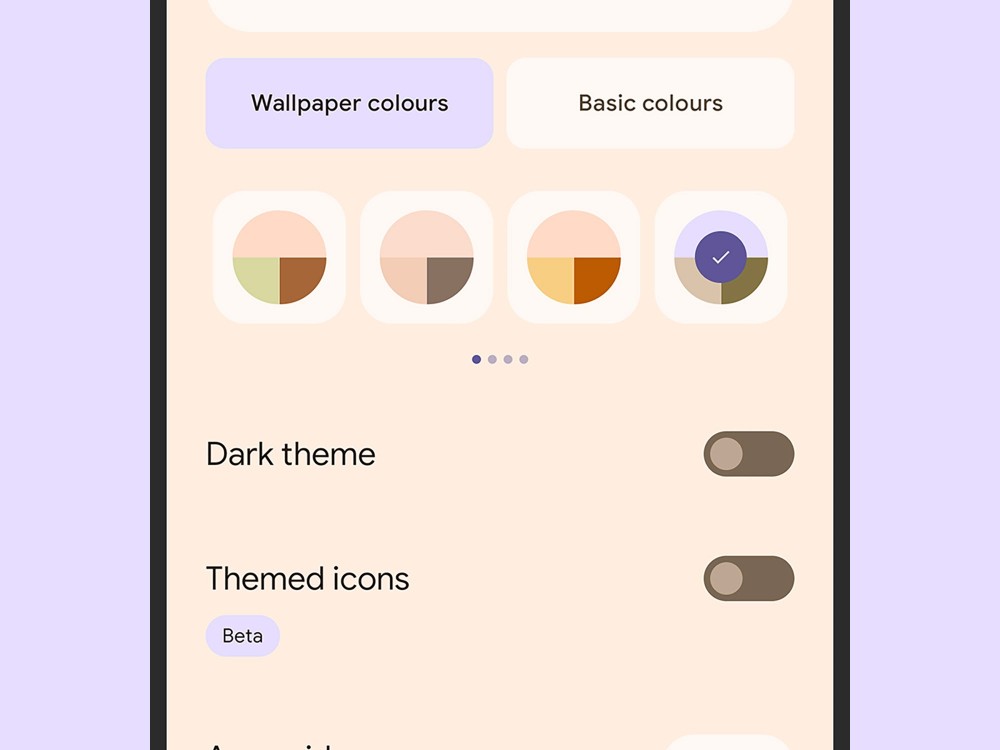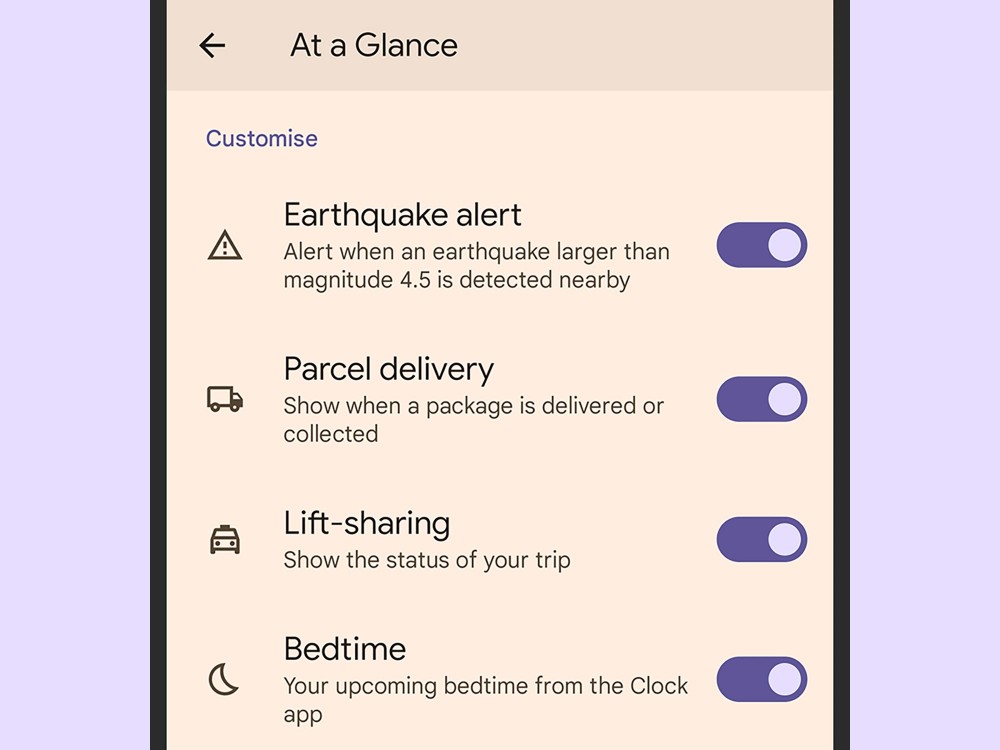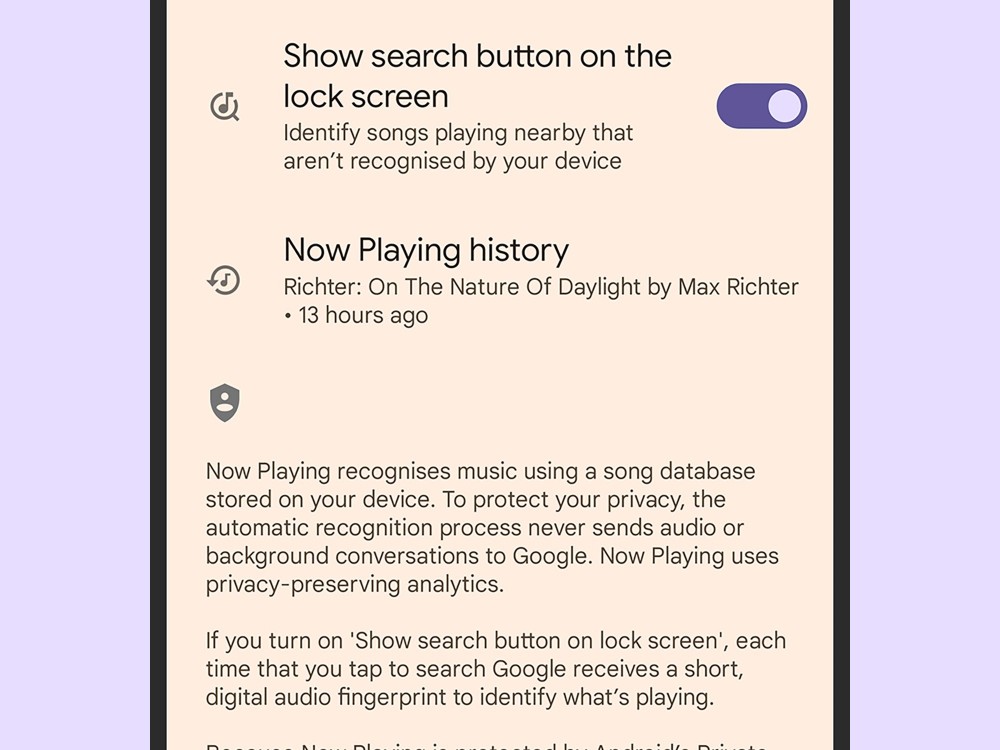How to set up the wallpapers and widgets that will make your Pixel more fun

You spend a lot of time looking at the lock screen of your Pixel phone—checking the clock, seeing if people have replied to your messages, and so on—so you’ll want to get it set up in the best way to suit you.
In fact, you might not have realized how many different ways you can customize the Pixel’s lock screen, from the size and color of the clock, to the type of notifications that appear before you unlock your handset.
Change your wallpaper and fine-tune your colors

The most basic way to customize the Pixel’s lock screen is by slapping on a new wallpaper, and you can set a lock screen backdrop that’s different from the one you have on your home screens.
To start, press and hold on a blank part of the home screen, then choose Wallpaper and style and Change wallpaper. You’ve got plenty of options here: You can dive into your own photo gallery, pick an image from one of the wallpaper collections Google has put together, or tap Emoji workshop to create a picture using emojis.
When you’ve selected an image, you’ll be taken to a preview screen—tap Lock screen to see how it looks when your phone is locked. If you’re happy, select Set wallpaper, then Lock screen (to set it for the lock screen only) or Home and lock screens (to set it across Android entirely).
Go back to the Wallpaper and style screen and you’ll see you can pick between Wallpaper colors and Basic colors for the operating system: Choose the latter to have the colors of Android menus and icons follow the color scheme of your new wallpaper. This will also affect the clock and widgets on the lock screen.
Adjust the at-a-glance widget

Google puts a handy at-a-glance widget on both the lock and home screens, giving you timely information such as the current weather forecast and appointments you’ve got coming up on your calendar.
To edit what this widget shows, tap and hold on it on the home screen, then choose Customize, and tap the cog icon next to At a Glance. You’ll see a long list of toggle switches for controlling content in the widget (and more behind See more features), including Fitness, Bedtime, Parcel delivery, and Commute.
On this same screen, there are also options for allowing apps you’ve got installed (such as weather apps) to send information to the widget on the home and lock screens, and to hide sensitive content from the lock screen widget—this is handy if you think other people might be looking at your phone while it’s locked.
Google doesn’t provide a definitive list of what “sensitive content” actually is, but one area where we’ve seen this setting make a difference is with Google Calendar appointments. If you’re hiding sensitive content, these won’t appear on the lock screen, so other people won’t be able to see that job interview or doctor’s appointment you’ve got coming up.
Other Pixel customization settings

You can customize what appears on the lock screen in a few other ways by opening up Settings and tapping Display, followed by Lock screen. The Privacy option lets you show or hide sensitive content in notifications, as they come in—again, Google doesn’t say what “sensitive” means, but it does include the first line of incoming messages and emails.
Another option is to tap Add text on lock screen to do just that. The most common use of this feature is to put your name and perhaps some contact details (like an email address) on the lock screen in case someone finds your phone and needs to return it to you—though you’re free to add any kind of message you like.
Then there’s a series of toggle switches for showing or hiding various elements, including the Now Playing widget that automatically identifies songs that are playing nearby. And if you want a smaller clock that doesn’t take up the whole lock screen, turn off Double-line clock.
The last few options let you choose whether or not the lock screen “wakes up” to show information when you tap the display, pick up your phone, and notifications arrive. You can also turn off Always show time and info to prevent anything from appearing on screen while your phone is sleeping, which should help improve battery life.










